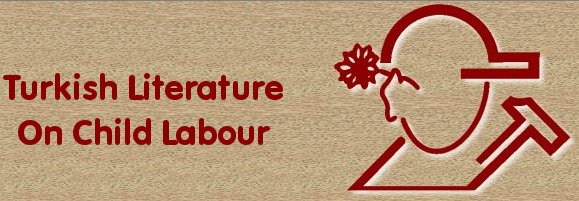The Medico-Social Problems of Working Children
Title of the Study: The Medico-Social Problems of Working Children
Type of the Study: Research –Evaluation Report ( The research is supported by Meawards)
Authors of the Study: Dr. Gürhan Fişek
Presentation,
Year/Place of Publication: February 1986, Ankara
Language of the Study: Turkish
Number of Pages: 146
Purpose: The aim of the study is to find out and to reveal the medico-social problems and states of the working children(according to the Turkish Labour Code, ones who are under the age of 18) and compare them with the ones attending schools.
Content: In the introduction part child labour in the worls and in Turkey is explained from a historical perspective. Also the national regulations concerning the subject is touched. In the second chapter methodology is discussed. In the third chapter findings are given in detail and briefly outlined. The findings are on; personal properties of the experimentals, working life of the children, nurtition and health status, friendship and vacational activities, their future expectations. Fourth chapter is the discussion one and the fifth chapter is the conclusion one.
Method: The research is based on field survey where indexation and interview methods are used. Experimentals are chosen from 2 different groups within this research that is conducted to reveal the medico-social problems of the working children. The first group consists of children that are fully seperated from the educational life. The second group is chosen as the control group where children are ateending schools. Data of personal properties of the experimentals, working life of the children, ocuupational safety and health knowledge, working conditions, nurtition and health status, friendship and vacational activities, their future expectations are obtained. Working children survey is formed and implemented to be able to make comparisons. Also comparisons are made using different indexation techniques.
Excerpt: In both these educational chains, medico-social organisations should be structured and even if there is one, its capacity should be built. These organisatons should have a health approach where their occupational and living environment with their leisure time are seen as a whole. Therefore, there will be organisations that will take the solution of medico-social problems of the working children as their main priority.
Some keywords: Working children, medico-social problems, apprenticeship training centers, national regulation
